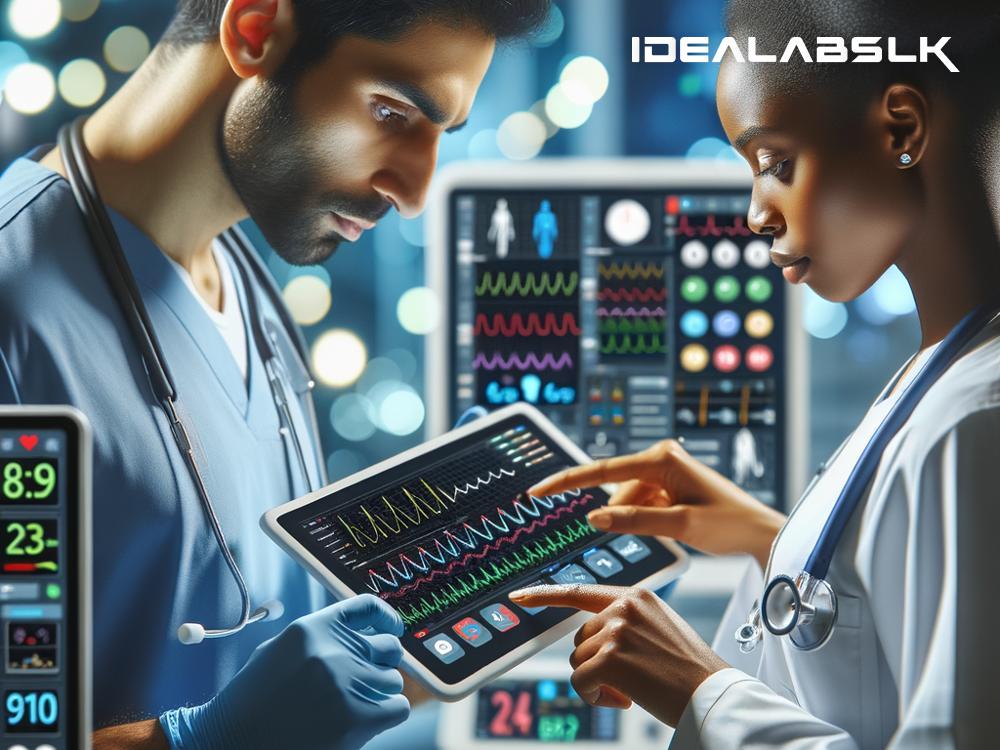How Remote Patient Monitoring is Transforming Home Care for the Better
In the last few years, we've seen a big shift in how medical care is delivered. One of the game-changers in this area is Remote Patient Monitoring (RPM). This might sound complex, but it's really just a fancy term for using technology to keep an eye on patients' health outside of the traditional hospital or clinic setting—mainly, in their homes. RPM is reshaping not just where care is delivered, but how it's done, making it easier for doctors to provide better care at home. Let's dive into how RPM is making a difference.
Personalized Care From the Comfort of Home
Remember when you had to schedule an appointment and travel to your doctor’s office for every health concern? RPM technologies are changing this scenario. They allow health professionals to monitor your health conditions remotely. This means that rather than waiting for a scheduled visit, your doctor can continuously review your health data, like blood pressure or blood sugar levels, in real time. This constant oversight enables healthcare providers to catch potential issues before they become serious, ensuring timely intervention and more personalized care plans based on your specific health trends.
Reducing Hospital Visits and Readmissions
The benefits of RPM extend beyond convenience. One of the biggest advantages is the potential to reduce the need for hospital visits and readmissions. This is especially valuable for patients with chronic conditions who frequently require medical attention. By monitoring these patients remotely, doctors can adjust treatments as necessary without the patient needing to leave home. This not only makes life easier for patients but also helps healthcare systems focus their resources where they're most needed, such as on patients requiring emergency care.
Empowering Patients
RPM also plays a crucial role in empowering patients by involving them more in their own healthcare. Through RPM devices and apps, patients can easily access their health information, which encourages them to understand their conditions better and participate actively in their care. This level of involvement has been shown to lead to better health outcomes. When patients can see the immediate impact of lifestyle changes, like improved blood sugar levels from diet adjustments, they're more likely to stick with healthy habits.
Bridging the Accessibility Gap
Accessibility is another area where RPM is making significant strides. For individuals living in remote locations, getting to a doctor's office can be a real challenge. RPM breaks down these geographical barriers, ensuring that more people can access the care they need. Additionally, RPM can be a boon for individuals with mobility issues for whom traveling to a healthcare provider is difficult or impossible.
Real-Time Alerts and Quick Response
Another key advantage of RPM is the ability for systems to send real-time alerts to healthcare providers if a patient’s data indicates a concerning change in their health. This means that in emergencies, immediate steps can be taken, even if the healthcare team isn't physically present with the patient. It's like having a guardian angel that's always on duty, ensuring that patients get timely care when they need it the most.
Challenges and Moving Forward
While RPM offers numerous benefits, it's not without its challenges. Privacy and security of health data are significant concerns, as is ensuring that all patients have access to the necessary technology and internet connectivity. Healthcare providers also need training to adjust to this new model of care delivery. Despite these hurdles, the potential of RPM to improve patient care is immense.
The embrace of RPM by healthcare providers is ushering in a new era of home-based medical care. By allowing for continuous, real-time monitoring, RPM is helping doctors to provide more personalized, timely, and efficient care. This shift not only improves patient outcomes but also enhances the quality of life for individuals, allowing them to manage their health from the comfort of their homes.
As technology continues to evolve, the possibilities for RPM and home health care seem boundless. By overcoming current challenges, RPM can become an even more integral part of healthcare delivery, ensuring that patients receive the best possible care wherever they are. The future of healthcare is here, and it's looking more patient-centered and accessible than ever.

